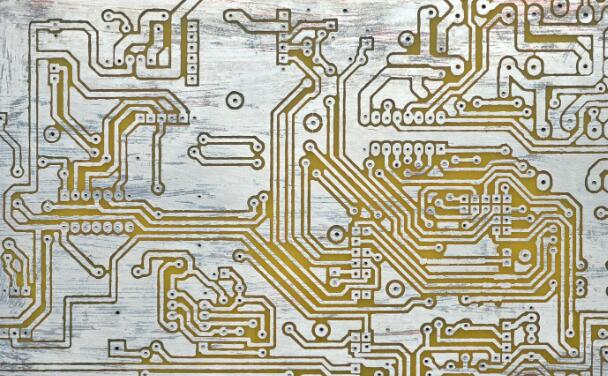The process of circuit boards from light boards to displaying circuit graphics is quite complex. Currently, the typical process of circuit board processing adopts the "graphic electroplating method", which means that a lead-tin corrosion-resistant layer is pre-coated on the copper foil part that needs to be retained on the outer layer of the circuit board, that is, the graphic part of the circuit, and then the remaining copper foil is chemically corroded off, called etching.

The etching method is a method of removing copper foil outside the conductive circuit using an etching solution, while the carving method is a method of removing copper foil outside the conductive circuit using a carving machine. The former is a chemical method, which is more common, while the latter is a physical method. The circuit board etching method is a chemical etching method that uses concentrated sulfuric acid to corrode unwanted copper-clad circuit boards. The carving method uses physical methods, using specialized carving machines and cutting heads to carve copper-clad panels to form circuit wiring.
Factors affecting circuit board etching
1. Types of etching solution
Different etching solutions have different chemical compositions, resulting in different etching rates and etching coefficients. For example, the etching coefficient of acidic copper chloride etching solution is usually 3, while the etching coefficient of alkaline copper chloride etching solution can reach 4. Recent studies have shown that nitric acid-based etching systems can achieve almost no side etching, with the etched lines and sidewalls approaching perpendicularity.
2. Etching method
Soaking and bubbling etching can cause significant side corrosion, while splashing and spray etching have smaller side corrosion, with spray etching having the best effect.
3. Density of etching solution
The density of the alkaline etching solution is too low, which will aggravate side corrosion. Choosing an etching solution with high copper concentration is beneficial for reducing side corrosion.
4. Etching rate
A slow etching rate can cause severe lateral corrosion, and the improvement of etching quality is closely related to the acceleration of the etching rate. The faster the etching speed, the shorter the time the board stays in the etching solution, the smaller the lateral etching amount, and the clear and neat etched patterns.
5. PH value of etching solution
When the pH value of the alkaline etching solution is high, the side corrosion increases. To reduce side corrosion, the pH value should generally be controlled below 8.5.
6. Copper foil thickness
It is best to use (ultra-thin) copper foil for the etching of thin wires with minimal lateral corrosion. And the thinner the line width, the thinner the copper foil thickness should be. Because the thinner the copper foil, the shorter the time it spends in the etching solution, and the smaller the amount of side etching.
The circuit board etching can be identify the wires and component installation positions on the circuit board, removing unnecessary copper sheets and forming a real circuit.